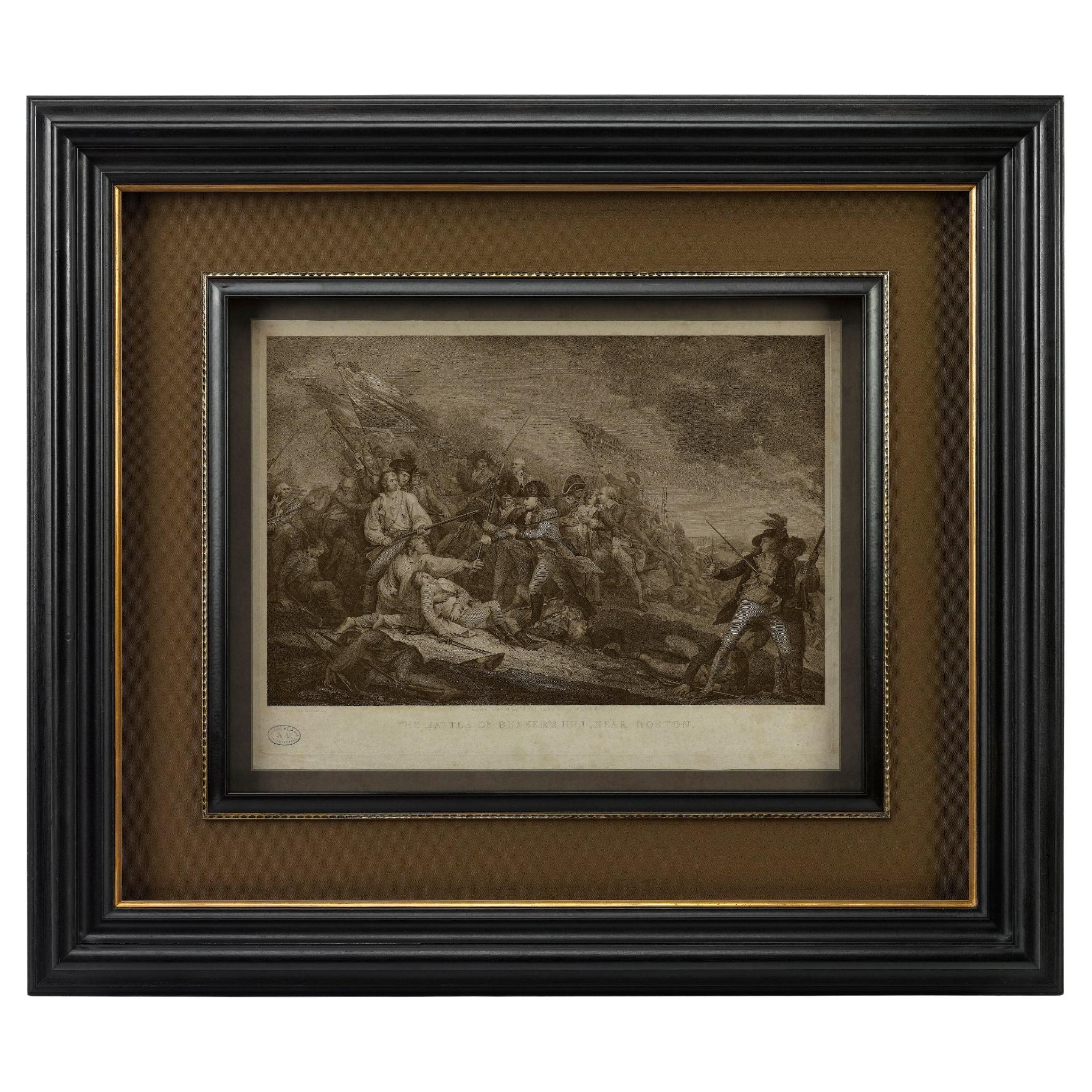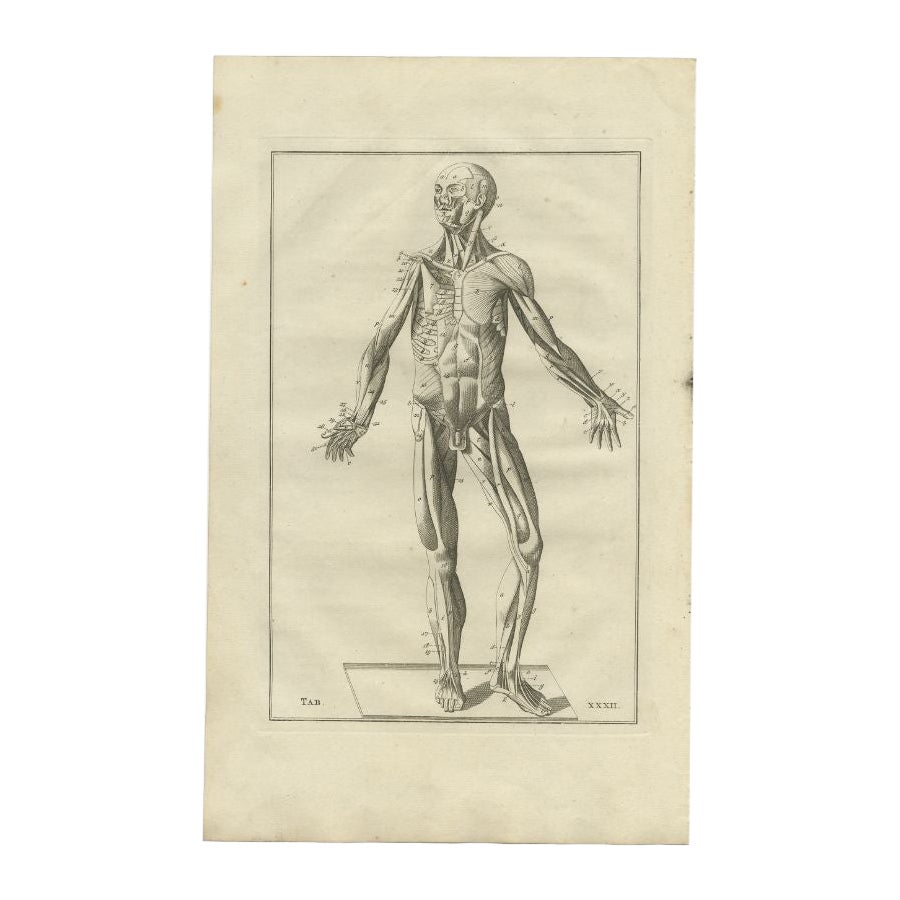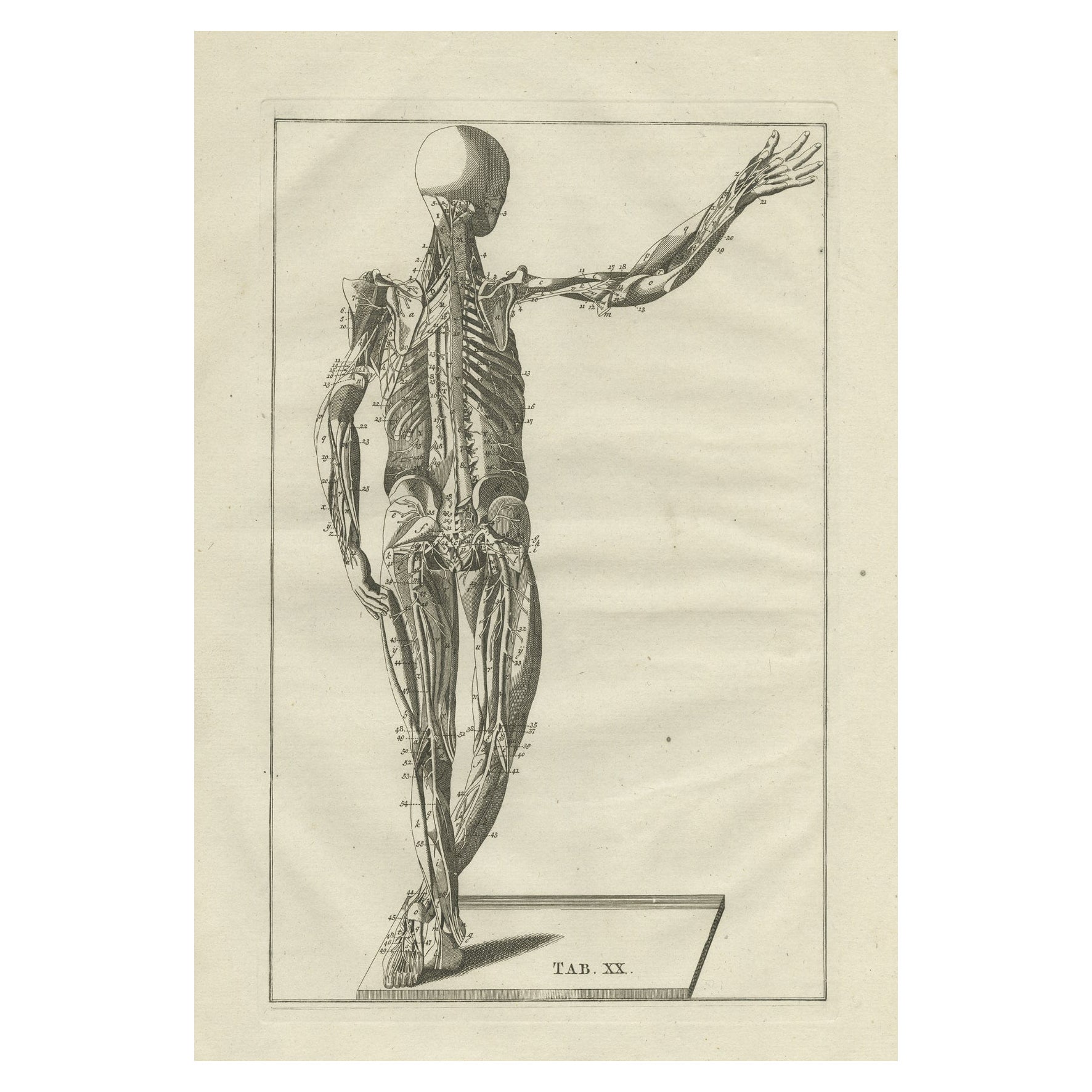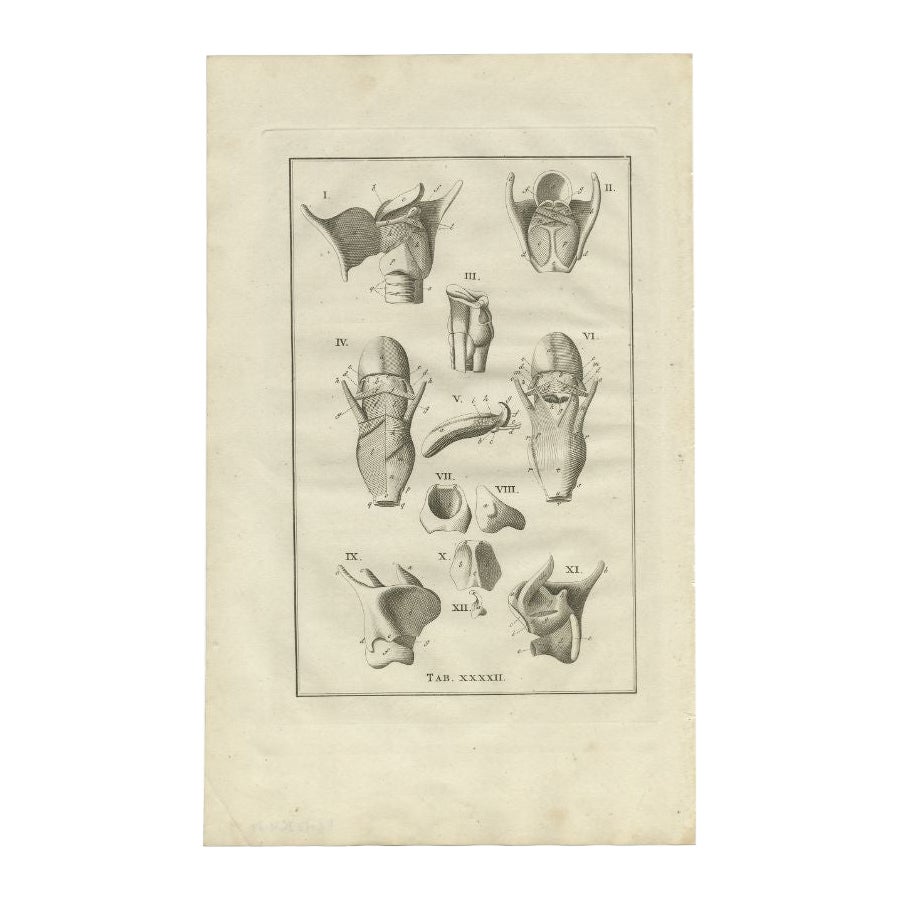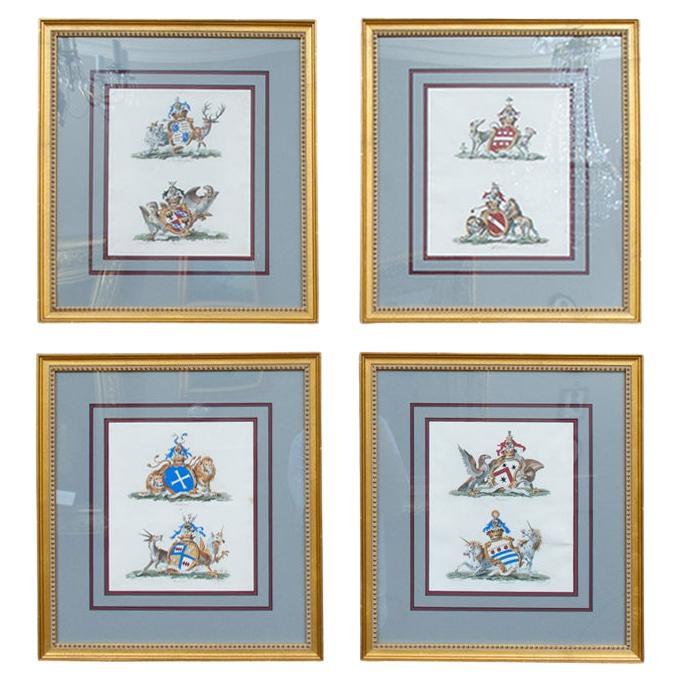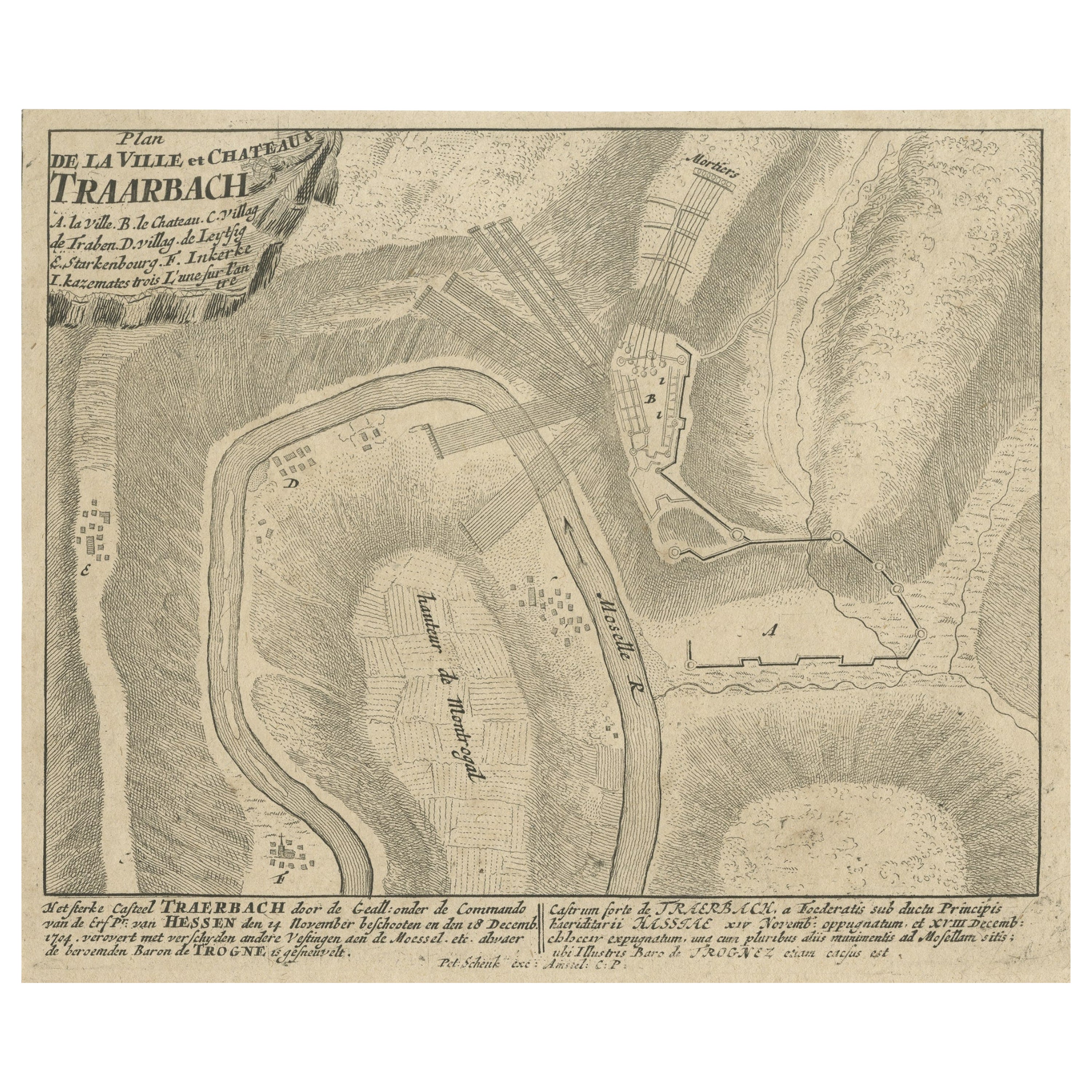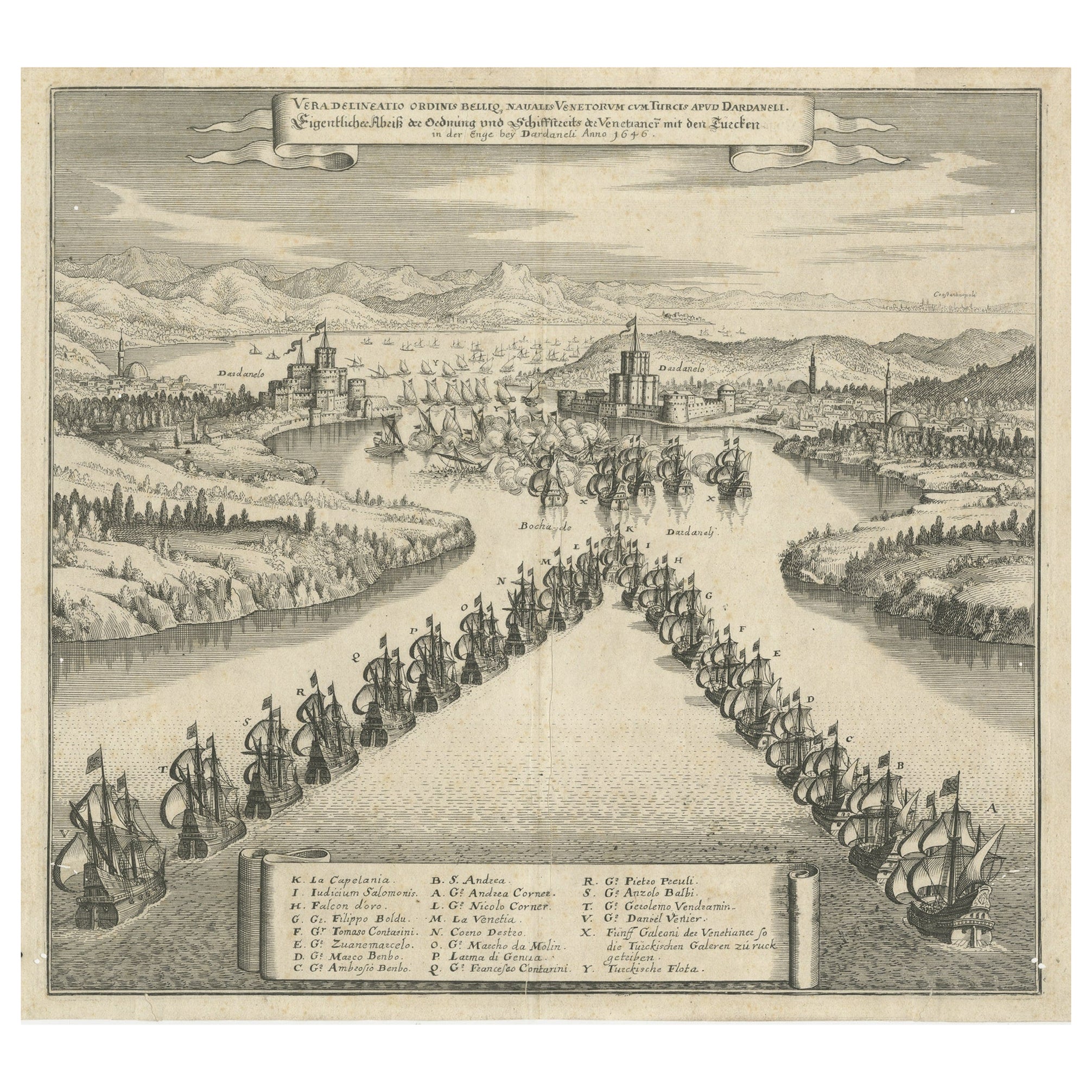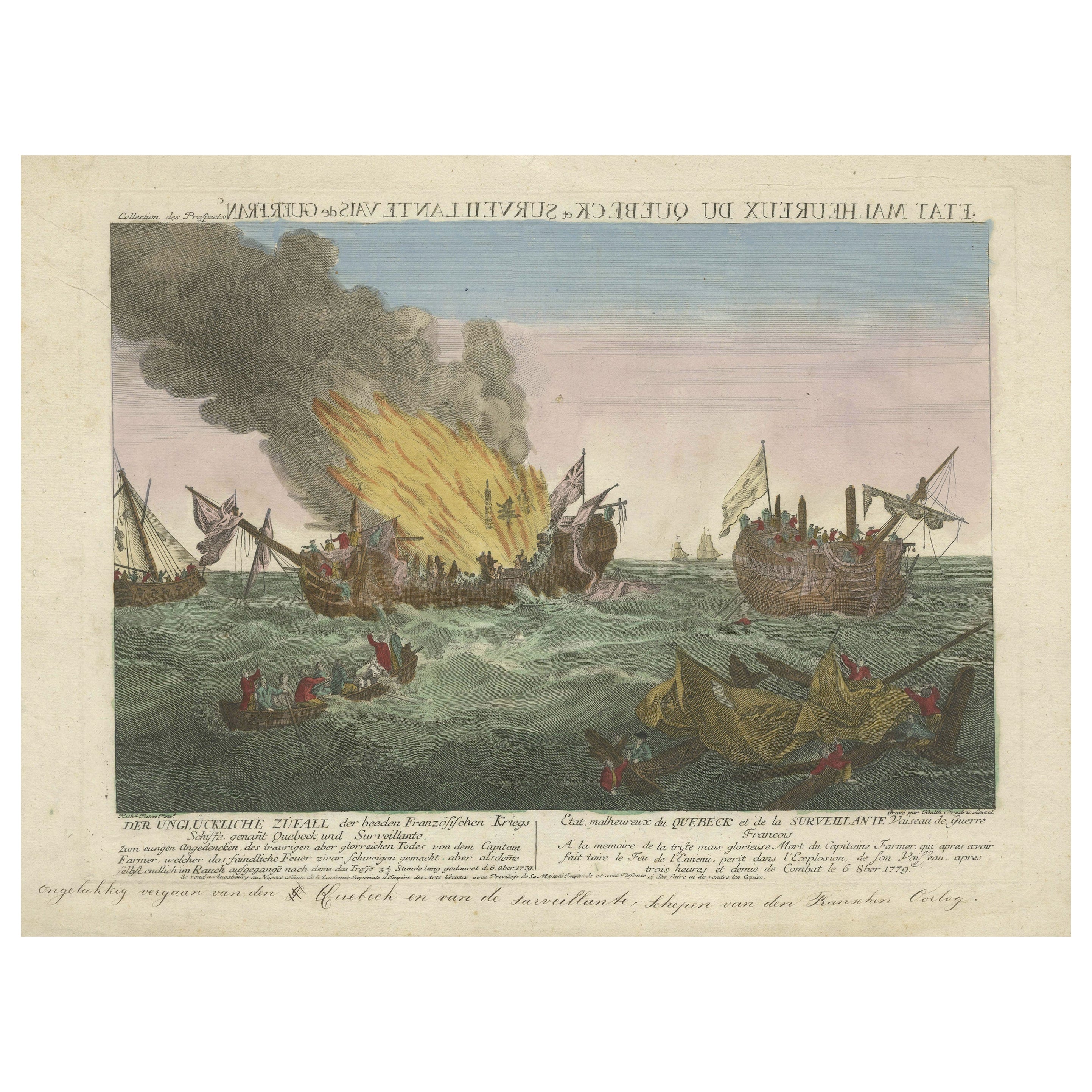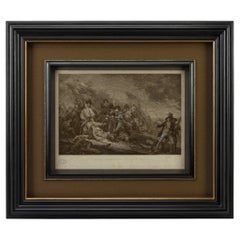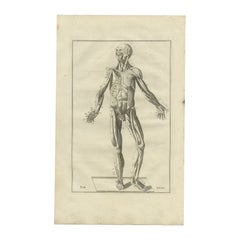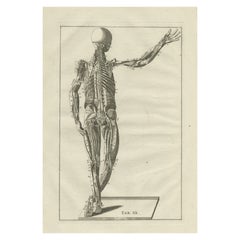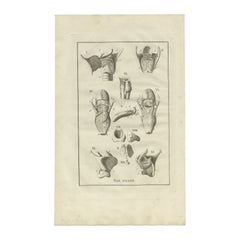
"1798 Battle of Bunker's Hill" Engraving after John Trumbell
View Similar Items
Want more images or videos?
Request additional images or videos from the seller
1 of 2
"1798 Battle of Bunker's Hill" Engraving after John Trumbell
About the Item
- Similar to:John Trumbull (Artist)
- Dimensions:Height: 30 in (76.2 cm)Width: 39.5 in (100.33 cm)Depth: 1.5 in (3.81 cm)
- Materials and Techniques:Paper,Engraved
- Place of Origin:
- Period:
- Date of Manufacture:1798
- Condition:Wear consistent with age and use.
- Seller Location:Colorado Springs, CO
- Reference Number:Seller: PR2711stDibs: LU909710617491
About the Seller
4.9
Platinum Seller
These expertly vetted sellers are 1stDibs' most experienced sellers and are rated highest by our customers.
Established in 2010
1stDibs seller since 2011
400 sales on 1stDibs
More From This SellerView All
- "The Battle of Bunker's Hill, Near Boston" Engraving by James Mitan, 1801By John TrumbullLocated in Colorado Springs, COThis dramatic Revolutionary War engraving of the Battle of Bunker Hill is after the famous 1785 oil-on-canvas by John Trumbull. Capturing the intensity of the battle, the engraving centers on Major John Small restraining a “lobster-back” from bayoneting Major General Joseph Warren. Warren lies mortally wounded in the midst of chaos around him. In the background, British forces are seen cresting the last defenses of the brave, yet green army of Colonial soldiers. The Battle of Bunker Hill was fought on June 17, 1775, in the early stages of the American Revolutionary War. The battle is named after Bunker Hill in Charlestown, Massachusetts. Although it was the original objective of both the Colonial and British troops, the area was only peripherally involved in the battle. Rather, the majority of the combat took place on the adjacent Breed’s Hill. The battle pitted a more organized British force against a young and inexperienced American militia. Although considered a tactical victory for the British, it came at the cost of considerable casualties, including a large number of officers. The battle demonstrated that the inexperienced American militia was able to stand up to the British army troops in battle. The battle results discouraged the British from any further frontal attacks against well-defended front lines. American casualties were comparatively fewer, although their losses included Gen. Joseph Warren. During the battle, the patriot-turned-painter John Trumbull (1756-1843) was stationed in Roxbury on the far side of Boston, where he could hear the sounds of fighting. In late 1785, Trumbull decided to devote himself to the depiction of Revolutionary War scenes, a series of eight epic pictures. From the beginning, Trumbull intended for the paintings to be later engraved for sale. Trumbull began the oil-on-canvas of The Death of General Warren at the Battle of Bunker’s Hill and The Death of General Montgomery in the Attack of Quebec, in the studio of Benjamin West in London. Bunker’s Hill was completed in March 1786; Trumbull started Attack of Quebec in February 1785 and finished it before he brought it to Paris in 1786. He then started The Declaration of Independence at Thomas Jefferson's house in Paris. As soon as Bunker’s Hill was completed, Trumbull searched for a suitable engraver in London. He was unsuccessful, as many British engravers were nervous about engraving an American battle...Category
Antique Early 1800s English Federal Prints
MaterialsPaper
- "A Difficult Bunker" by Douglas Adams, Photogravure, Circa 1894By Douglas AdamsLocated in Colorado Springs, COPresented is a handsome photogravure of "A Difficult Bunker" by sporting artist Douglas Adams. "A Difficult Bunker" is one in a famous trio of three paintings depicting the links at ...Category
Antique 1890s English Late Victorian Prints
MaterialsPaper
- 1876 "Gettysburg, The Repulse of Longstreet's Assault." EngravingLocated in Colorado Springs, COPresented here is an 1876 engraving of John B. Bachelder and James Walker’s Gettysburg. The Repulse of Longstreet’s Assault. The engraved scene depicts the decisive battle on the final day of the Battle of Gettysburg. Researched by the photographer and topographer John B. Bachelder and painted by James Walker, the original painting was created in 1870. This detailed engraving was done by H. B. Hall Jr. and published by James Drummond Ball. Otherwise called Pickett’s Charge, the battle occurred on July 3, 1863. Pickett’s corp commander, Lieutenant General James Longstreet was placed in charge of the attack despite his hesitations. Longstreet’s central role led to the title of the work, Repulse of Longstreet’s Assault. In an attempt to gain control of an important supply route, nine Confederate brigades charged across three-quarters of a mile of open ground against cannon fire to take Cemetery Ridge from the defending Union Army. Despite their overwhelming numbers, the Confederate forces were repelled with considerable casualties marking not only a decisive victory for the Union, but also the beginning of the slow defeat of Lee’s Army. The furthest the charging forces advanced before being repulsed would forever be known as the “High Water Mark of the Confederacy.” The Confederate army never recovered from the losses at Gettysburg and it effectively ended Lee’s campaign into Pennsylvania. The engraving gives the perspective from the Union rear, one that encompasses most of the battlefield, from Big Round Top on the left to the northern reaches of Cemetery Ridge on the right. The Confederate lines at Seminary Ridge are in the far distance, partially obscured by bursting shells. The image centers on the main Confederate assault, in the vicinity of what today are known as "The Copse" and "The Bloody Angle." The composition has elemen...Category
Antique 1870s American Prints
MaterialsPaper
- “The Restaurant of the House of Representatives” Engraving by Harper's WeeklyLocated in Colorado Springs, COThis original wood engraving is titled “The Restaurant of the House of Representatives, Washington, DC.” It was published as a double-page image, in the August 12, 1893 issue of the famous 19th century newspaper Harper’s Weekly. The print was illustrated by Charles Stanley Reinhardt. The House Restaurant, a unique part of life in the Capitol, has been in the same location since the 1857 Capitol Expansion. Congressional members’ busy work schedule made the availability of food on site a necessity. But the restaurant also served as an informal meeting spot for members to continue conversations and deal making. This 1893 print illustrates the convivial atmosphere. Details including elegantly dressed tables...Category
Antique 1890s American Prints
MaterialsPaper
- 1864 "Proclamation of Emancipation, " Antique Engraving by Charles ShoberLocated in Colorado Springs, COThis 1865 engraving features the Emancipation Proclamation in elaborate calligraphic text, with five patriotic vignettes and a small portrait...Category
Antique 1860s American Historical Memorabilia
MaterialsPaper
- “A Football Match, Scotland v. England” Antique Engraving, Proof Edition of 100By Overend and SmytheLocated in Colorado Springs, COThis is the 1889 William H. Overend (1851-1898) and Lionel Smythe (1839-1918) first edition, photogravure of the Calcutta Cup – a Rugby match between Scotland and England, that has been played over 100 times, the first match...Category
Antique 19th Century English Prints
MaterialsPaper
You May Also Like
- Antique Anatomy Engraving of the Muscular System, 1798Located in Langweer, NLAntique anatomy print of the muscular system. This print originates from 'De Ontleedkundige Plaaten van B. Eustachius' published by J.B. Elwe. Artis...Category
Antique 18th Century Prints
MaterialsPaper
- Original Antique Anatomy Engraving of the Muscular System, 1798Located in Langweer, NLAntique anatomy print of the muscular system. This print originates from 'De Ontleedkundige Plaaten van B. Eustachius' published by J.B. Elwe. Artists and Engravers: Bartolomeo Eust...Category
Antique 18th Century Prints
MaterialsPaper
$183 Sale Price40% Off - Antique Anatomy Engraving of the Head and Neck, 1798Located in Langweer, NLAntique anatomy print of the head and neck. This print originates from 'De Ontleedkundige Plaaten van B. Eustachius' published by J.B. Elwe. Artists and Engravers: Bartolomeo Eus...Category
Antique 18th Century Prints
MaterialsPaper
- Set of 4 Armorial Engravings by Charles Catton (1728-1798), EnglandLocated in Alexandria, VAThese hand colored engravings are old English crests/coats of arms -- two in each frame: Ashburnham & Effingham; Portland & Manchester; Northington & Radnor; and Peterboro & Hamford....Category
Antique Late 18th Century English Prints
MaterialsPaper
- B.West Engraving "Naval Battle, Battle of the Houge" 18th CenturyLocated in Beuzevillette, FRThis magnificent engraving is entitled "Battle of La Hougue" by the engraver E.C Voysard after Benjamin West. It depicts the Battle of Barfleur- La Hougue,...Category
Antique 18th Century French Prints
MaterialsPaper
- Pair of Polychrome Engravings after Francesco AlbaniLocated in Paris, FRPair of polychrome engravings, 18th century school, after works by Francesco Albani (1578-1660), depicting "Bathers surprised by satyrs" and "Actaeon metamorphosed into a stag". Form...Category
Antique 1780s French Prints
MaterialsPaper
Recently Viewed
View AllMore Ways To Browse
Benjamin C Brown
German Colonial
Patriot Painting
Last Combat
Colonial Soldiers
18th C American Colonial
Revolutionary War Soldiers
18th Century American Portrait Painting
American Colonial Portrait
Circa Bird Print
Vintage Bird Wall Paper
Metal Bird Wall
Old German Metals
Amsterdam Antique Print
Antique Picture Prints
Wall Paper Framed Pair
J And M Antiques
Antique Print 16th Century
